
Our Product Pick
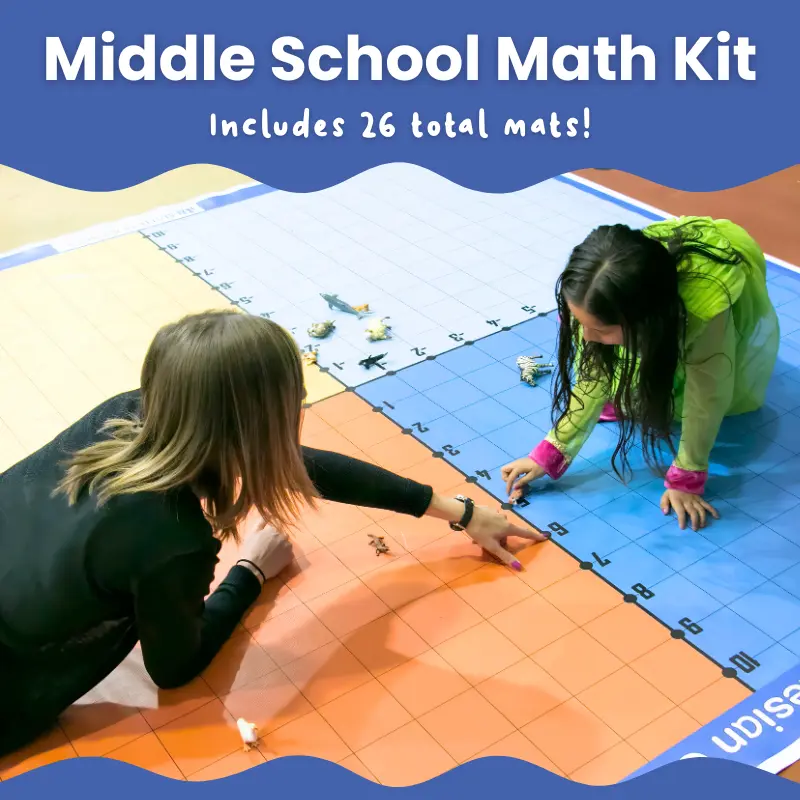
A curated list of math materials suited for concepts taught in a middle school curriculum. Cost includes discounted shipping. Download a Quote Here

Recent NAEP testing results reveal a troubling reality – low standardized test scores among middle school students indicate that the effects of COVID-19 learning loss continue. In particular, middle school math and reading scores remain significantly below pre-pandemic levels, raising concerns about students’ long-term academic success. Educators are searching for effective school solutions to close achievement gaps, but how to increase standardized test scores remains a pressing question. In this article, we’ll explore the latest data, students’ challenges, and how movement-based learning could be the key to reversing the decline.
Boost Middle School Math Skills with Movement
Bring evidence-based kinesthetic teaching methods to your school with the tools in our Middle School Math Kit. Enter your email to receive a quote!
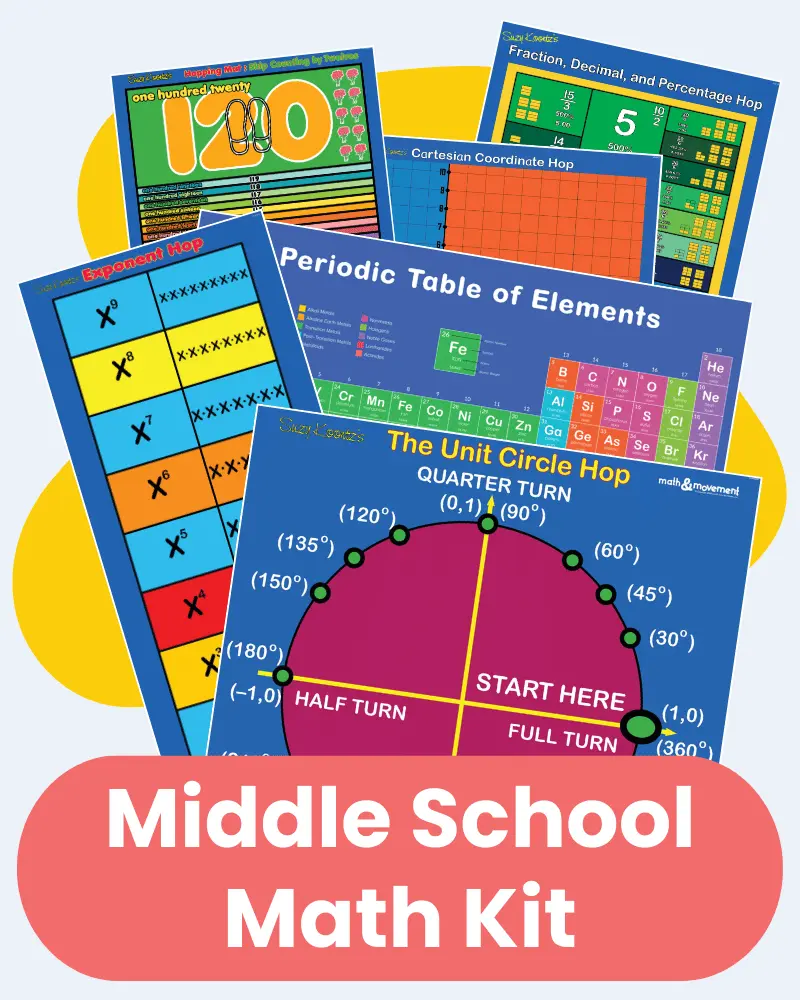
The National Assessment of Educational Progress (NAEP), also known as The Nation’s Report Card, is a federal exam administered by the National Center for Education Statistics (NCES), which is part of the US Department of Education.
NAEP assesses students in grades 4, 8, and 12 in various subjects. Essentially, the exam measures national student achievement and compares it across states and jurisdictions over time.
Between January and March 2024, over 115,000 eighth-grade students in 5,410 schools took the NAEP reading and math assessments. The middle school reading results were particularly concerning.
Here’s how middle school students performed on the 2024 NAEP testing in math and reading.
The 2024 NAEP exams recorded the largest percentage of eighth graders with “below basic” reading skills since the exam’s introduction 32 years ago. According to NAEP’s standards, 33% of eighth graders scored at the “below basic” level, compared to 30% in 2022 and 27% in 2019.
No Data Found
Source: Nation’s Report Card
The 2024 average reading score for eighth grade was two points lower than in 2022 and five points lower than in 2019. No states or jurisdictions had higher scores than in 2022 – eight scored lower, and 44 had no significant change.
According to the Nation’s Report Card, the NAEP reading assessment includes “literary and informational texts to assess students’ reading comprehension skills.”
These results indicate that a third of US eighth graders cannot:
38% of eighth graders performed at or above a “proficient” reading level, which was not a significant change from 2022 but is a lower percentage compared to pre-pandemic results in 2019.
NAEP math scores showed 39% of eighth graders performing at a “below basic” level, which is 1% higher than in 2022 and 8% higher than in 2019. Student math scores declined for those who were already disadvantaged – including Hispanic students, economically disadvantaged students, students with disabilities, students learning English, and students who were already performing at the 25th and 10th percentiles.
No Data Found
Source: Nation’s Report Card
The 2024 average math score for eighth grade was not significantly different from scores in 2022 but was eight points lower than in 2019. Zero states or jurisdictions had higher math scores than in 2022 – four scored lower, and 49 had no significant change in scores.
The NAEP math test measured “students’ knowledge and skills in mathematics and their ability to solve problems in mathematical and real-world contexts.”
These math scores suggest that two-fifths of US eighth graders cannot:
28% of eighth graders performed at or above a “proficient” math level, which was 2% higher than in 2022 but 6% lower than in 2019.
These low standardized test scores signal that US students have not recovered from learning loss due to the COVID-19 pandemic and subsequent school closures.
Reading scores of US students were declining before 2019, and learning loss during the pandemic exacerbated the drop.
Middle school math scores did not change significantly from 2022, which is also a concern. Higher-performing students’ improvements in 2024 and lower-performing students’ declines account for the flat average. Performance gaps continue to widen.
"Today's NAEP results reveal a heartbreaking reality for American students and confirm our worst fears: not only did most students not recover from pandemic-related learning loss, but those students who were the most behind and needed the most support have fallen even further behind," the US Department of Education said in a statement.
"Despite the billions of dollars that the federal government invests in K-12 education annually, and the approximately $190 billion in federal pandemic funds, our education system continues to fail students across the nation."
There is no singular clear cause for the low standardized test scores, but some contributing factors have been identified, including:
Students who were in eighth grade in early 2024 would have been in fourth grade in 2020 when classes had to adapt to remove learning. As a result, these students missed out on valuable in-person lessons for middle school reading and math, including units on:
More now than ever, effective school solutions are needed to combat low reading and math proficiency levels.
Amidst efforts to figure out how to improve reading skills in students, many educators have looked to the science of reading for instructional strategies. The science of reading is a comprehensive, research-driven approach to teaching reading that considers what happens in the brain when it’s learning how to read.
In the last few years, at least 40 states passed laws or implemented policies requiring schools to use evidence-based methods for teaching reading. Did you know that data has proven movement-based learning strategies to be incredibly effective at increasing math and reading proficiency?
Movement-based or kinesthetic learning uses physical activity to teach and reinforce concepts. It’s a hands-on approach and an effective school solution where information is understood by moving the body.

Elementary and middle school students are full of energy and often do not like to sit still for long periods. Unfortunately, the traditional school day is often very sedentary. Allowing students to move around during math and literacy lessons can be very beneficial instead of struggling to keep them focused at their desks.
Physical activity increases oxygen levels in the blood and blood flow to the brain. As a result, the brain receives more oxygen and can function at optimal levels for learning. Additionally, while the body is moving around, the brain produces a protein called BDNF, which improves the function of neurons and promotes their growth.
Adding movement to lessons could be a key to increasing standardized test scores and student proficiency post-pandemic.
With federal relief funding over, schools and districts are responsible for redirecting their funding and federal Title I funding toward learning loss recovery plans. Administrators should prioritize effective school solutions, including interventions, summer learning programs, and after-school programs.
Additionally, educators can find grants to purchase resources to help their students catch up. Visit our grants page to find potential funding opportunities for your school.
Funding can be used to purchase Math & Movement materials. We create movement-based educational materials that supplement a school’s curriculum, like floor mats and stickers. With Math & Movement, students can be physically active while learning and meeting academic standards.
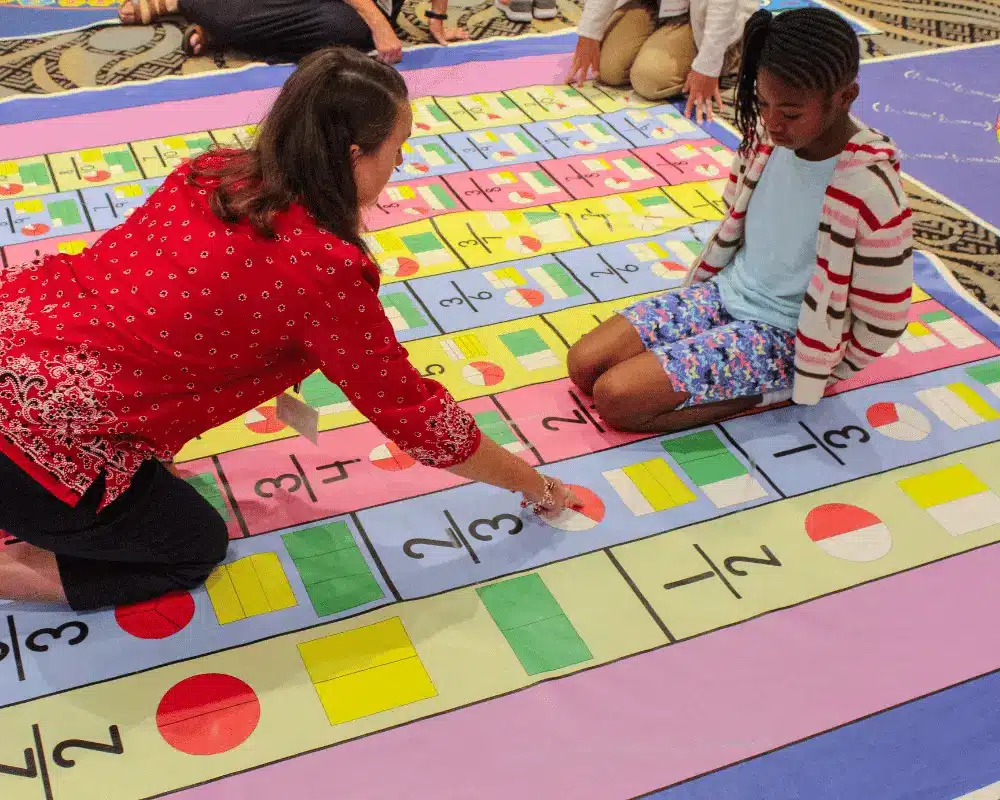
In a survey given to students along with the NAEP testing, 27% of eighth graders reported being absent three or more days of school in the prior month, compared to 22% in 2019.
There are various reasons for the increased absenteeism since the pandemic, but lack of student engagement in school is a significant factor. Students who fell behind academically during the pandemic may feel disconnected from school and unmotivated to attend regularly.
Movement-based learning strategies work to increase student engagement. A recent study by the National Math Foundation found that movement-based activities significantly increased engagement across 492 students in 3rd through 5th grade. Physical activity during lessons brought more engagement and progress in learning than traditional sedentary activities.
Students are more likely to attend school regularly when engaged and connected to their learning. Involvement in other exciting activities, like after-school programs, will also motivate students to attend school. As they do this, their learning will allow them to improve their low standardized test scores.
Consider adding our Middle School Math Kit to your learning loss recovery resources. Our Middle School Math Kit is a collection of materials that incorporate movement-based learning strategies into middle school math instruction. The interactive materials allow students to master multiplication, division, angles, exponents, fractions, decimals, percentages, graphing, and more while moving around.
Our multi-sensory approach to learning combines visual, auditory, and kinesthetic elements. These materials make learning and practicing math while moving possible. Plus, the bright designs are attractive to visual learners, and many activities include auditory components, like counting aloud or explaining one’s thinking.
You’ll receive unlimited access to our online activity database with your purchase. Educators can find activities for their students while using the materials during lessons.

A curated list of math materials suited for concepts taught in a middle school curriculum. Cost includes discounted shipping. Download a Quote Here
Based on the NAEP testing results, effective school solutions are still needed to overcome COVID-19 learning loss and low standardized test scores. In response, teachers can use active learning strategies for middle school students to help increase math and reading skills. As these methods are integrated into lesson plans, the achievement gap will shrink, and students will begin to reach higher reading and math proficiency levels.
Check out our data page to see just how the Math & Movement program has boosted students’ skills!
Boost Middle School Math Skills with Movement
Bring evidence-based kinesthetic teaching methods to your school with the tools in our Middle School Math Kit.

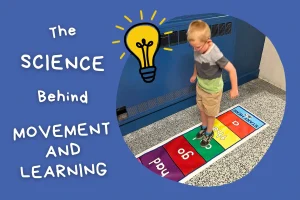
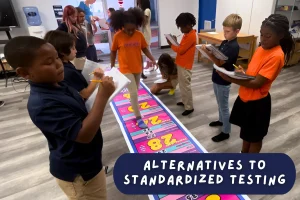
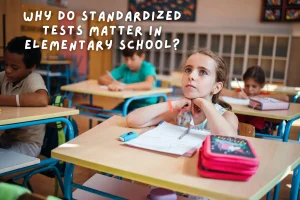
Please leave your email and a quick note for us. We will get back to you soon! In the meantime, here are answers to some of our most common questions:
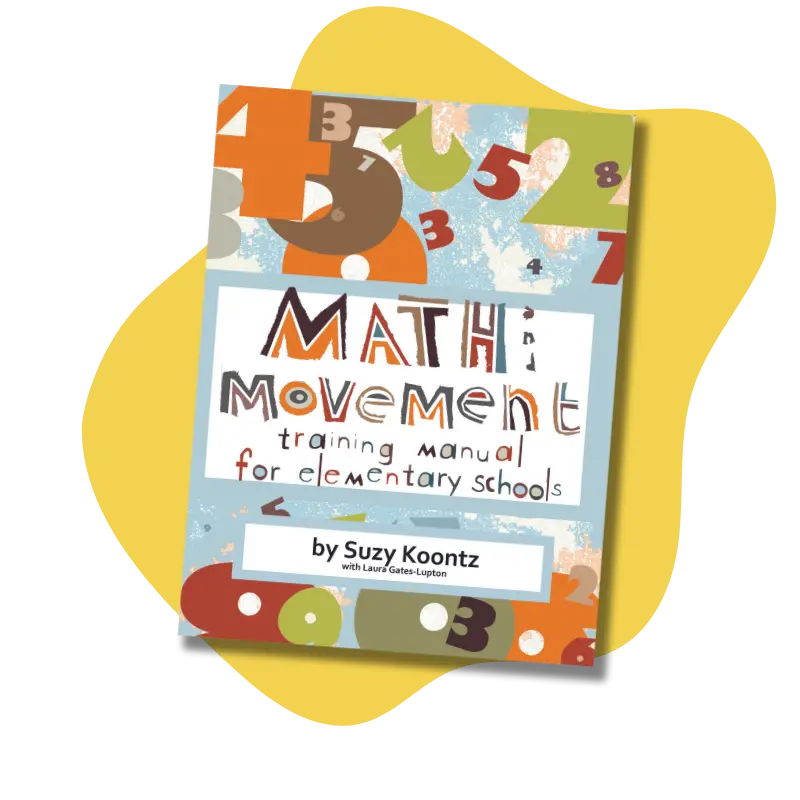
Enter your email to get our training manual with over 250 active math movements. No materials necessary!
We never share or sell your data.